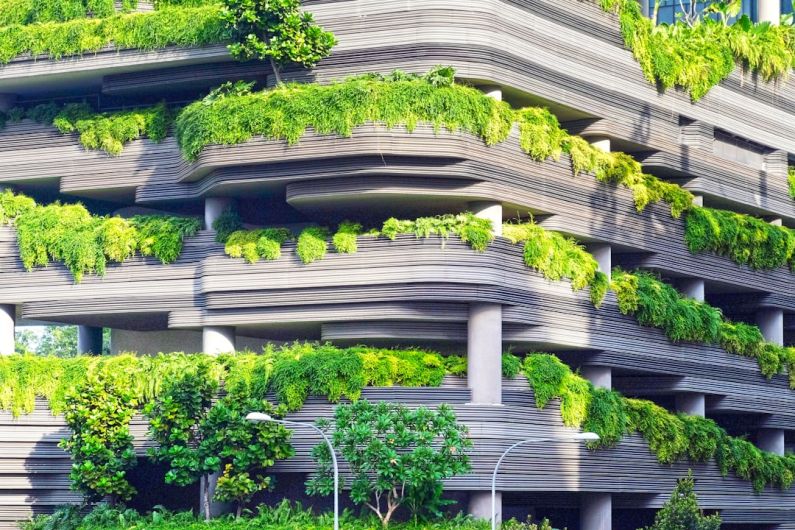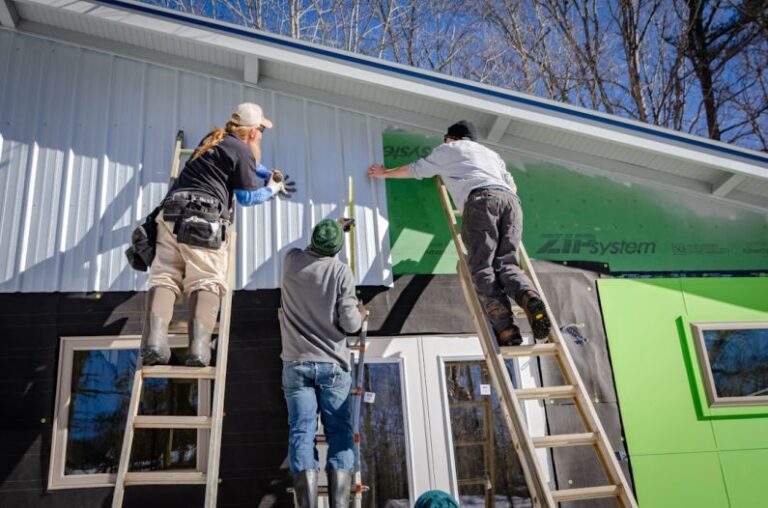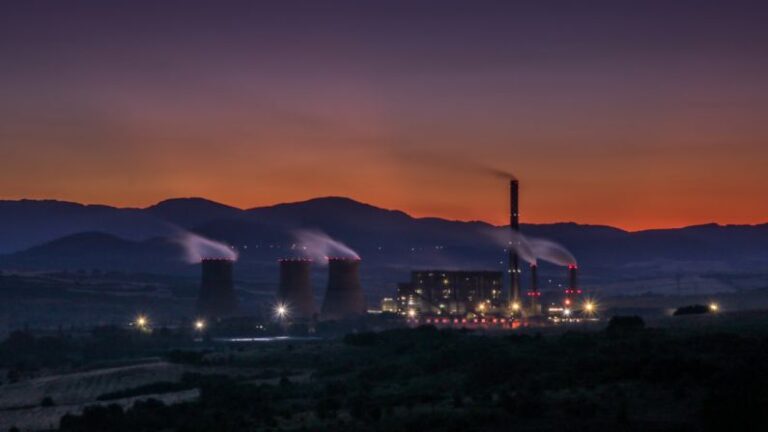The Future of Green Building and Eco-friendly Tube Products
In recent years, the global construction industry has been witnessing a significant shift towards sustainability and eco-friendliness. As the world becomes more aware of the environmental impact of human activities, the demand for green building materials and practices continues to rise. One particular area that is gaining traction in the construction sector is the use of eco-friendly tube products. These products not only contribute to reducing the carbon footprint of buildings but also offer a range of benefits in terms of durability, cost-effectiveness, and aesthetics.
The Rise of Green Building
The concept of green building has been gaining momentum as governments, businesses, and consumers increasingly prioritize sustainability. Green buildings are designed to minimize their impact on the environment by using energy-efficient materials and technologies, reducing water consumption, and promoting indoor air quality. The construction industry is recognizing the importance of adopting green building practices to mitigate climate change and create healthier living and working spaces.
Benefits of Eco-friendly Tube Products
Eco-friendly tube products, such as recycled steel tubes, bamboo tubes, and bioplastic tubes, are becoming popular choices in construction projects due to their sustainable nature and various advantages they offer. These products are manufactured using environmentally friendly materials and processes, making them a preferred option for builders looking to reduce their carbon footprint. Additionally, eco-friendly tube products are known for their durability, strength, and versatility, making them suitable for a wide range of applications in the construction industry.
Recycled Steel Tubes
Recycled steel tubes are a prime example of eco-friendly tube products that are gaining popularity in the construction sector. These tubes are made from recycled steel, which helps reduce the demand for new steel production and minimizes waste. Recycled steel tubes are not only environmentally friendly but also offer superior strength and durability compared to traditional building materials. They are widely used in structural applications, such as framing, support columns, and roofing, making them a versatile choice for green building projects.
Bamboo Tubes
Bamboo is a rapidly renewable resource that is known for its strength, flexibility, and sustainability. Bamboo tubes are increasingly being used in construction for various purposes, including flooring, cladding, and decorative elements. Bamboo tubes are lightweight, easy to work with, and have a unique aesthetic appeal, making them a popular choice for eco-conscious builders. Additionally, bamboo has natural anti-microbial properties, making it an ideal material for promoting healthy indoor environments in buildings.
Bioplastic Tubes
Bioplastics are a type of biodegradable plastic made from renewable biomass sources, such as corn starch, sugarcane, or cellulose. Bioplastic tubes are an eco-friendly alternative to traditional plastic tubes, which are derived from fossil fuels and contribute to pollution and climate change. Bioplastic tubes are fully compostable, reducing the environmental impact of construction waste. These tubes are used in various applications, such as plumbing, insulation, and packaging, providing a sustainable solution for builders looking to minimize their environmental footprint.
The Future Outlook
As the construction industry continues to embrace sustainability, the future of green building and eco-friendly tube products looks promising. Builders, architects, and developers are increasingly incorporating eco-friendly materials and technologies into their projects to meet the growing demand for environmentally conscious buildings. The use of recycled steel tubes, bamboo tubes, and bioplastic tubes is expected to become more widespread as regulations and consumer preferences drive the adoption of green building practices.
In conclusion, the shift towards green building and the use of eco-friendly tube products is a positive step towards creating a more sustainable built environment. By choosing environmentally friendly materials and practices, the construction industry can reduce its environmental impact and contribute to a healthier planet for future generations. As technology advances and awareness of sustainability grows, we can expect to see more innovative and eco-friendly solutions being integrated into construction projects, shaping the future of green building.






